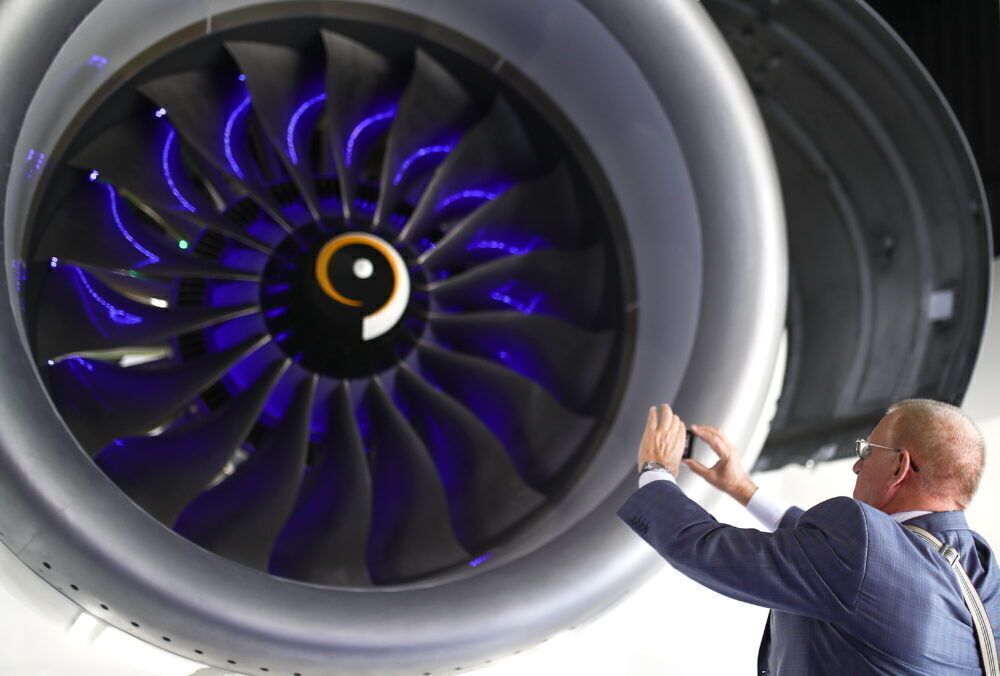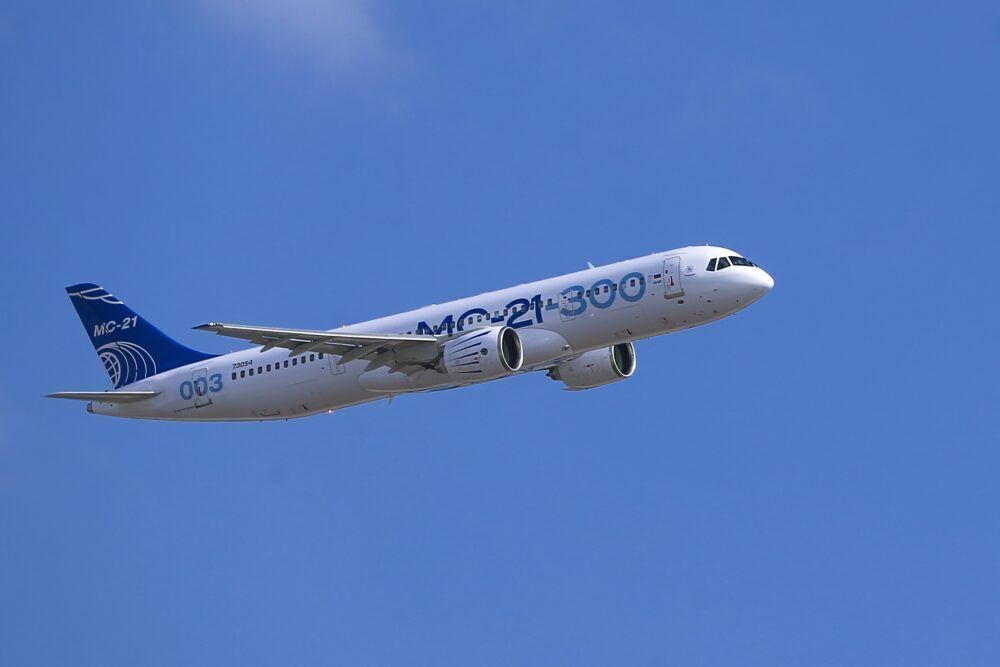The Irkut MC-21 has been tipped to be Russia’s answer to the Airbus A320neo and Boeing 737 MAX. Notably, the aircraft will be showcased with PD-14 engines for the first time next month. Ahead of the big day, Viktor Kladov, Director for International Cooperation and Regional Policy of the State Corporation Rostec, spoke with Simple Flying about why these engines are the perfect fit.
Recent progress
The MC-21 is a short and medium-haul narrowbody. Four MC-21-300s equipped with Pratt & Whitney PW1400G engines are currently being tested under a certification program in accordance with Russian and European standards. However, an experimental model of MC-21-310, equipped with Russian PD-14 engines, is undergoing development tests.
The aircraft is currently being prepared for a flight from the Irkutsk Aviation Plant to the European part of Russia. After being painted, the plane will continue flying to the town of Zhukovsky, Moscow Region, where the main test base of the Irkut Corporation is based. After completion of the factory flight tests, the MC-21-310 will begin flights under the certification program.
The right materials
Rostec emphasizes that the PD-14 is a next-generation engine with a thrust of 14 tons. The group adds it is the first aircraft cruise engine created in modern Russia. With this grand project, there are high expectations for the engine.
“Developing a modern turbojet engine can take more time than the aircraft itself. PD-14 was developed based on time-tested design solutions and integrated with modern technologies. At the same time, we were working under the requisite of using mostly domestic materials. Our designers have developed and implemented 16 key technologies,” Kladov told Simple Flying.
“The PD-14 engine uses new highly durable Russian titanium and nickel alloys. 65% of the engine nacelle design consists of composite polymer materials, production of which has been mastered by the Russian industry. This reduces the weight of the engine.”
Stay informed: Sign up for our daily and weekly aviation news digests.
Altogether, approximately 20 modern Russian materials were used in PD-14. The introduced innovations have helped to reduce fuel consumption, assisting the engine to be more environmentally friendly and cost-effective. Ultimately, Rostec assumes that the operating costs of PD-14 will be 14-17% less than those of similar engines, and the life cycle cost is expected to be 15-20% lower.
Across the market
PD-14 rivals with similar modern products designed by leading international engine manufacturers. The PW1400G and PW1100G from Pratt & Whitney have been seen on the likes of the A220 and A320neo. Meanwhile, the Leap-1А and Leap-1В from CFMI have been well-publicized for their deployment on the A320neo and 737 MAX. Rostec concludes that the PD-14’s combined technical and operational characteristics “are in level with its competitors.”
The Aeroflot will receive the first MC-21-21-300 aircraft, with deliveries expected from 2022. Apart from the Sukhoi SuperJet, Aeroflot presently operates European and American builds. With over 30 737s within its fleet, taking on the MC-21 presents the faith the company has in the type.
What are your thoughts about the PD-14 engine? What do you make of the prospects of the overall MC-21? Let us know what you think of the aircraft and its plans in the comment section.



